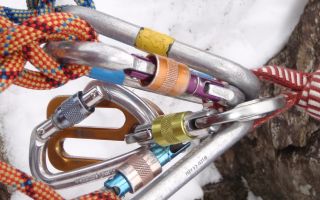Surviving the Scorch: Preparing for a Heat Wave on Your DofE Expedition
Category: DofE Advice and Guidance
Posted by Ben Keen - Director
The Duke of Edinburgh's Award (DofE) is all about adventure, challenge, and pushing your limits—but when the sun turns up the heat, it can push a little too far. With the UK and many other parts of the world experiencing hotter summers, it’s essential to prepare for the possibility of a heat wave during your expedition.
Whether you're trekking through rolling hills, forest paths, or exposed moorland, high temperatures bring added risks. But don’t sweat it (well… try not to). With the right preparation and mindset, you can stay safe and make the most of your expedition—even in the heat.
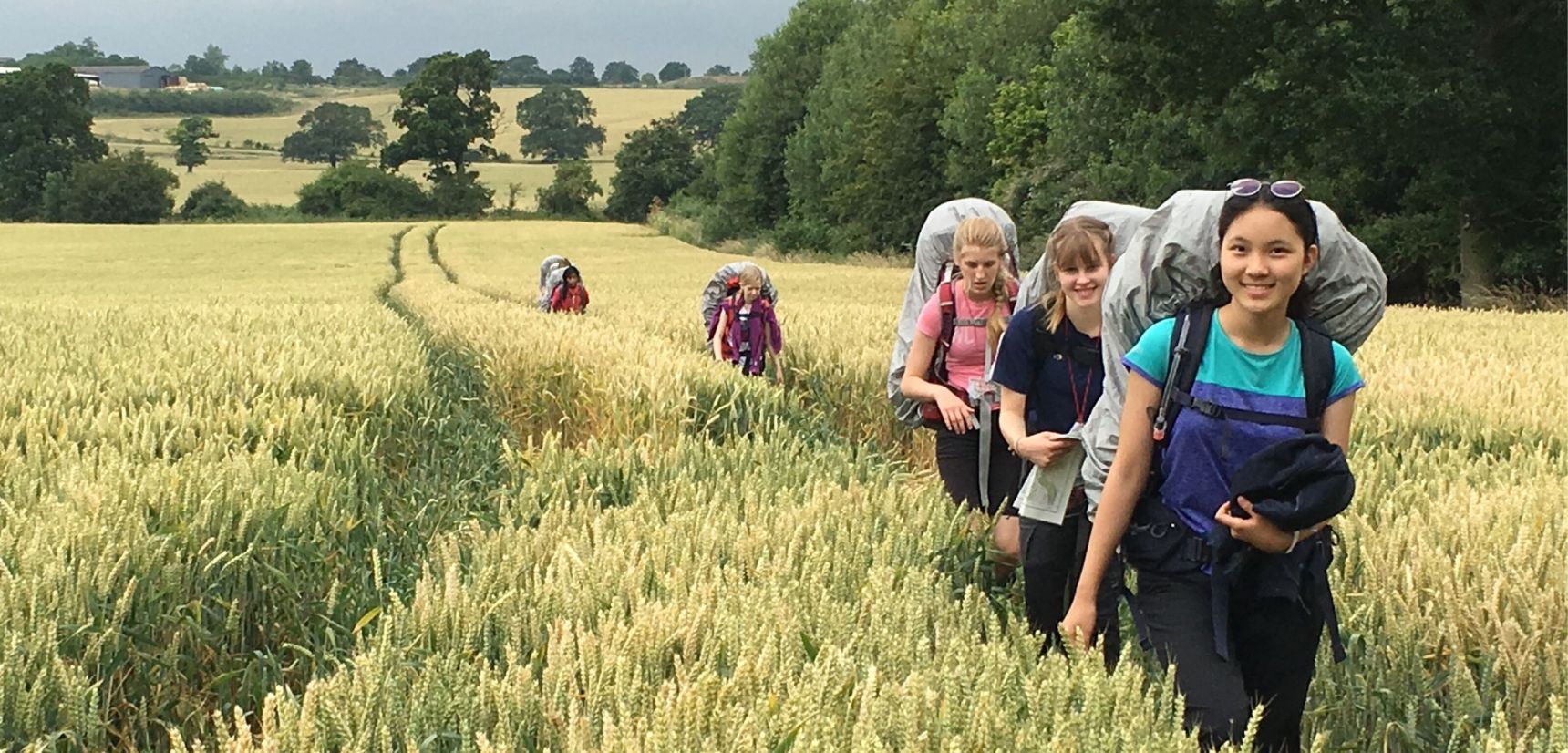
Why Heat Waves could be a Serious Risk
Heat waves could increase the risk of dehydration, heat exhaustion, and even heatstroke—especially when carrying a heavy pack over long distances. You might also find your energy dips faster, you get sunburnt more easily, and your group may be more irritable or fatigued.
But the good news is: With good planning and smart decisions, it’s manageable.
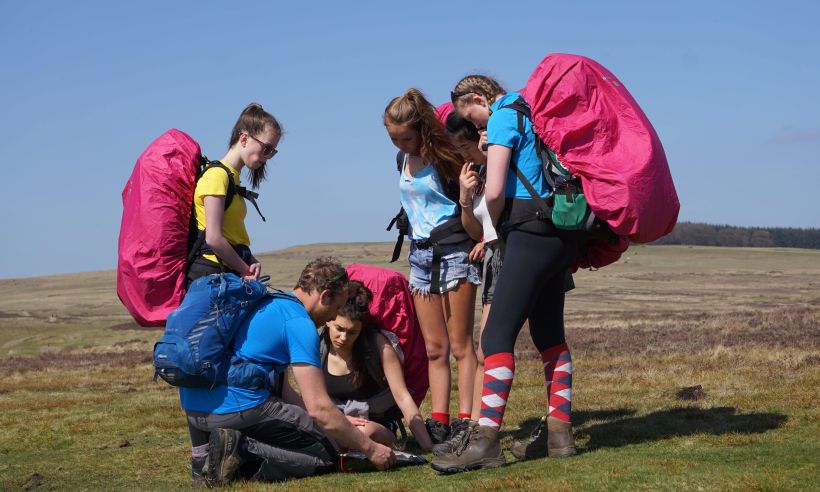
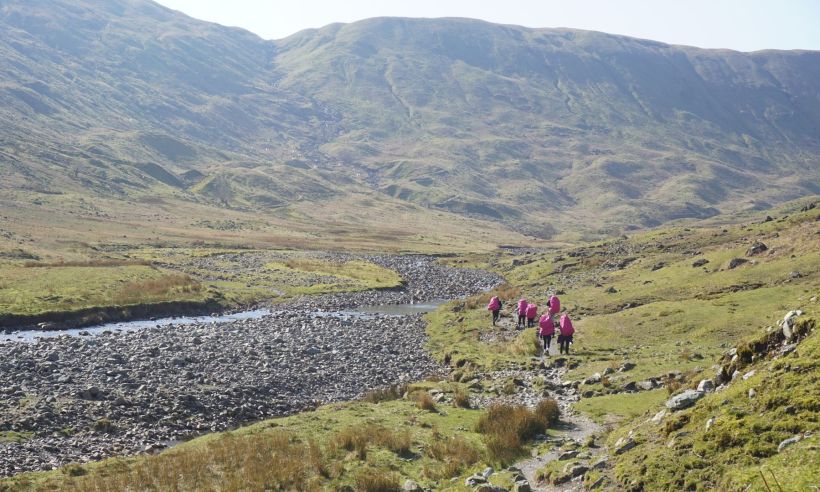
Hydration: The #1 Priority
Tips:
- Start hydrated: Drink plenty of water the evening before and in the morning before setting off.
- Drink little and often: Don’t wait until you're thirsty—sip every 15–20 minutes.
- Electrolytes matter: Add hydration tablets or a pinch of salt and sugar to some water to replace lost minerals.
- Know your pee: Pale straw = good. Dark yellow = drink more.
- Pack extra water: If you normally carry 2L of water, consider bumping up to 3L. Use hydration bladders or collapsible bottles to save space. You should aim to consume at least 4 litres per day.
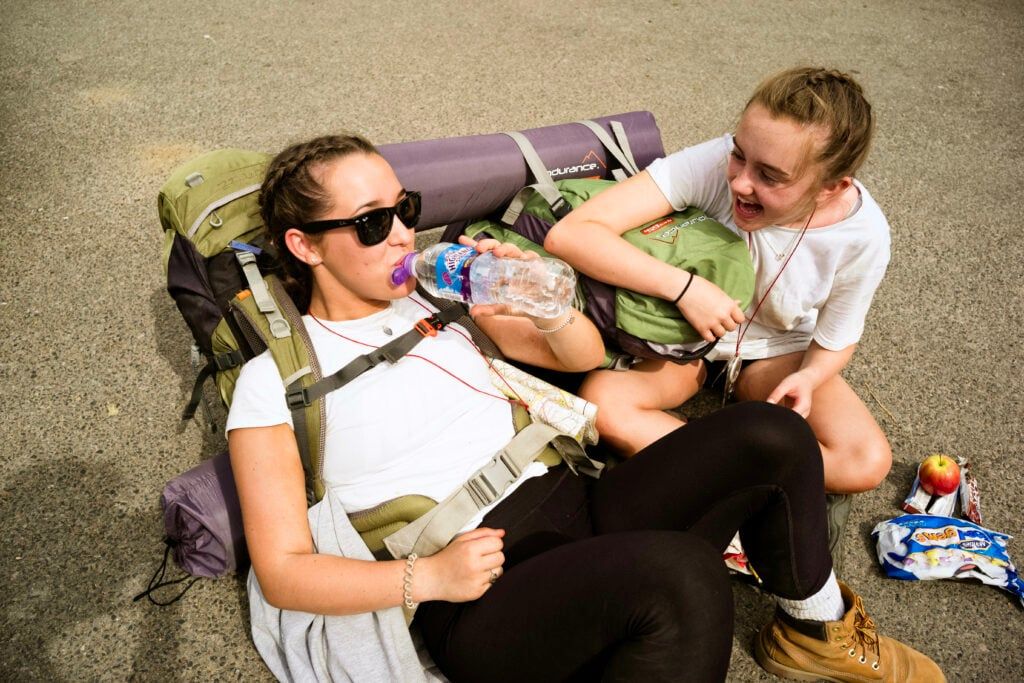
Dress Smart for the Heat
What you wear can make a big difference:
SLIP on clothes that are lightweight.
Loose-fitting clothes that are lightweight: Avoid dark colours—they absorb heat. UV-protective clothing: Some outdoor gear has built-in SPF.Neck cooler or damp bandana: Helps regulate temperature.
SLAP on a hat.
Wide-brimmed hat or cap with a neck flap: Protects your face and neck.
SLOP on some suncream.
Slather on high-SPF, broad-spectrum sunscreen every couple of hours, especially on your nose, ears, back of neck, and hands. Don’t forget lip balm with SPF too!
SLIDE on some Sunglasses.
Protect your eyes from sun glare.
Plan for the Heat
- Start earlier in the day to beat the afternoon sun.
- Lighten your bags. Leave your tent, sleeping bags and heavy items with your instructor.
- Take longer breaks in the shade, especially between 12–3pm.
- Modify your route if possible—stick to shaded trails, avoid long exposed climbs.
- Communicate as a team: Check in regularly about how everyone’s feeling.
- Know the signs of heat exhaustion: dizziness, fatigue, headache, nausea, excessive sweating. Stop and treat it early.
Eat for Energy, Not Just Calories
You might not feel hungry in the heat, but your body still needs fuel. Choose lighter snacks that don’t melt easily or spoil in warm conditions—nuts, dried fruit, oat bars, crackers. Avoid salty junk food that dehydrates you.
Emergency Precautions
- In your personal small first aid kit, carry oral rehydration salts/powders. These are readily available in any chemist.
- Know where the nearest water refill points are on your route. Your instructor will also be carrying additional water, ensure you know when you will be meeting them so you can refill.
- Consider using the outer of the tent or the emergency shelter to create some shade.
- Ensure you know how to contact your instructor if you need help. You will be briefed on this at the start of your expedition, and will be carrying emergency cards with instructions and phone numbers.
- Never push through if someone shows signs of serious heat illness—stop, seek shade, cool down, and seek assistance.

